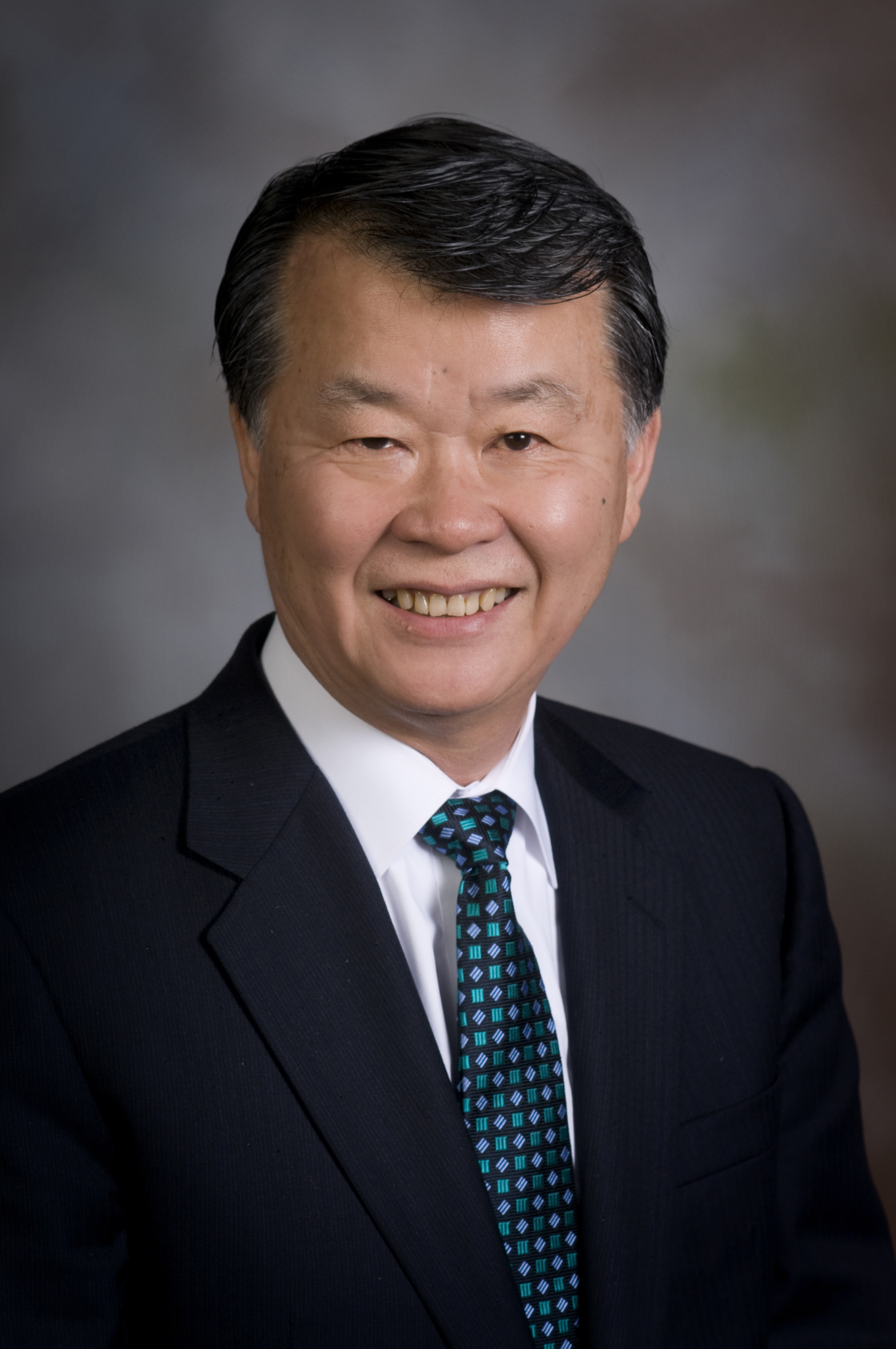Physicist leads largest open source electronic health record effort for Veterans Affairs

Seong K. Mun says he agrees wholeheartedly with those who believe that open source software is the wave of the future.
And, he has a particular interest in open source software for health records.
“Electronic health records are the core enabling technology to improve the quality and outcome of care while at the same time reducing costs. As such it is the centerpiece of health care reform,” said Mun.
Mun is on loan from Virginia Tech to serve as president and chief executive officer of Open Source Electronic Health Record Agent, a new non-profit membership organization underwritten by an annual $5 million Department of Veterans Affairs contract.
In that position, the professor of physics in the College of Science and director of the Arlington Innovation Center: Health Research is leading the open source effort modernizing electronic health records for Veterans Affairs.
At the same time, Open Source Electronic Health Record Agent, commonly referred to as OSEHRA, offers the most comprehensive electronic health record software for use in other federal agencies, state agencies, and private sector health related companies in the United States as well as in international markets. Dr. James Peake, the sixth secretary of Veterans Affairs (from December 2007 through January 2009), serves as chairman of the board.
OSEHRA is headquartered in the Virginia Tech Research Center — Arlington with staff operations in New York, Missouri, and West Virginia. Its member community includes about 2,500 users, developers, service providers, and researchers engaged in advancing electronic health record software and related health information technology who may access web site content and volunteer to participate in discussion groups, working groups or open source projects.
“This virtual volunteer organization extends to locations around the world -- from the United States to the United Kingdom, to Mexico, to India, to Korea, to Jordan,” said Mun. “The work groups are all very dynamic, meeting weekly through webinars and conference calls. They operate with the transparency and agility that characterize open source software initiatives.”
OSEHRA is strictly a facilitation organization; it does not sell any services, Mun said. However, commercial products based on OSEHRA software have been offered by various corporate members of the organization.
The open source software model used by the OSEHRA community is VA Enterprise VistA, the standard for open source health records adopted by the VA over the past 30 years.
The VA is the nation’s largest integrated health care system with more than 1,700 care sites, serving 8.3 million veterans each year. It has long accepted the idea of open source and has worked well with the academic community, among which the sharing of information is very common, said Mun.
VA Enterprise VistA is offered freely to all users. And in return the improvements and innovation made by the community members are freely shared with the community, Mun explained. “This process of open source shares development costs and accelerates innovation,” he said
A few months ago, Department of Defense Sec. Chuck Hagel reiterated that defense leaders will work closely with their VA counterparts for full interoperability of DOD health records with those of the VA to ensure seamless data flow as troops leave active duty.
Replacing read-only records that the DOD sends to the VA with live-data records is well underway and the goal is to complete this effort by the end of the year, according to Frank Kendall, undersecretary of defense for acquisition, technology, and logistics.
But that is only part of the transition. The DOD needs to upgrade the networked software system in its clinics and hospitals that tracks patient care and produces medical records.
OSEHRA encourages all its members to contribute back any changes and improvements they make to VA Enterprise VistA. “In the long run, reporting back is in the best interest of the community. We can test the changes, make upgrades free of charge, certify them, and share with all the members of the global community,” said Mun. “This is the true spirit of an open source community.”
Mun said that one of his goals in leading OSEHRA is to involve more universities and community colleges in the group. “We have a good number of them now but there are so many more with hospitals and medical training programs that could mutually benefit,” he said.
Lara Khansa, professor of information technology in the Virginia Tech Pamplin College of Business, incorporates the VA Enterprise VistA code in her curriculum. Mun said that he is in discussion with her, as well as professors in other departments at Virginia Tech, about OSEHRA-related research opportunities.
OSEHRA is planning a Second Annual Open Source Electronic Health Records Summit and Workshop, Sept. 4-6 at the Bethesda North Marriott Hotel and Conference Center. Some 500 people are expected to attend this three-day event which includes an open source tutorial, plenary session, and breakout sessions with more than 70 papers being presented.
Members of the Virginia Tech community are welcome to attend to learn about the future of open source software in healthcare. For more information, contact Seong K. Mun.




